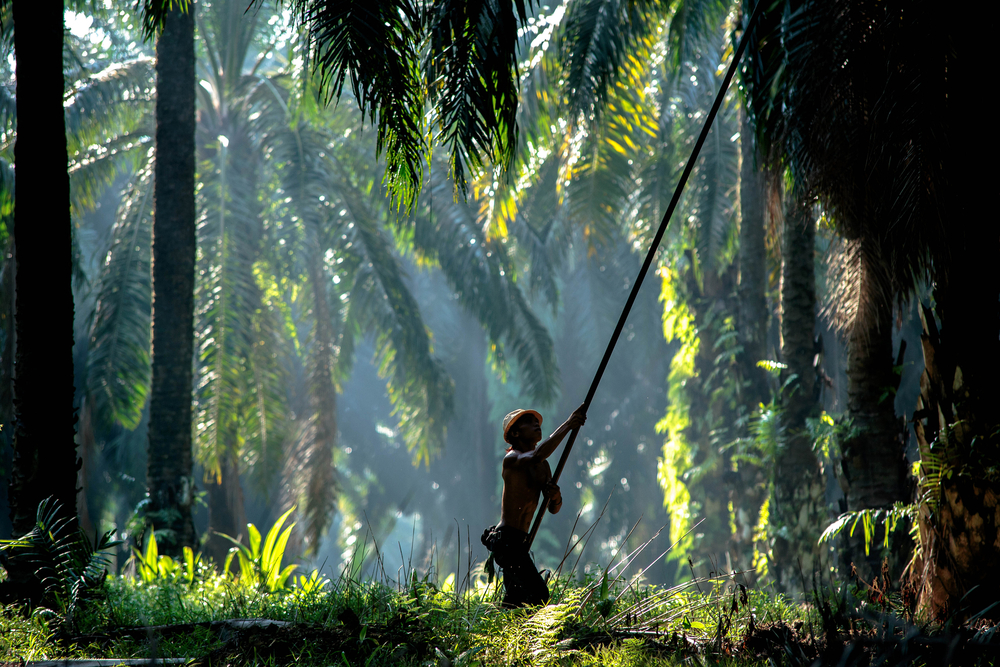 How Palm Oil Became The World’s Most Hated, Most Used Fat Source
How Palm Oil Became The World’s Most Hated, Most Used Fat Source


If you’ve ever looked at the labels of some of the things you buy, odds are at least a good few of those have palm oil in them. It’s used in food, soap, cosmetics, and even some forms of ink. We also kind of hate it because palm oil is directly responsible for some of the biggest deforestations in Southeast Asia. Despite the backlash, we still used a whopping 73 million tons of palm oil in 2020 alone.
The biggest reason why we use it in such high numbers is the same reason we prefer anything above anything else: it’s cheaper. In fact, the African oil palm produces about ten times as much oil as soybeans do. But even the story of why it’s so cheap has a dark edge to it.

Slavery
You see, one of the first common uses of palm oil was when it was used to smear over the African captives’ skin to make them look younger and smooth. This would of course allow them to get sold off to wealthy people for some extra money. This origin tied to slavery isn’t something we can blame the product for, however, and it was actually soon picked up that palm oil does have a lot of cosmetic benefits. That’s why British entrepreneurs started using it in soap. It wasn’t until 1840 however, when slavery had been abolished and a lot less palm oil was needed, that palm oil was cheap enough to completely replace the other oils that were used in candles and soaps.
The next step in palm oil’s evolution was using some labor-saving methods to make it even cheaper. While the result was disgusting to say the least, chemicals were able to strip away everything that might be unpleasing to any of our five senses. The final product ended up so bland that it could practically replace any other fat or oil at only a small fraction of the cost.
Continue